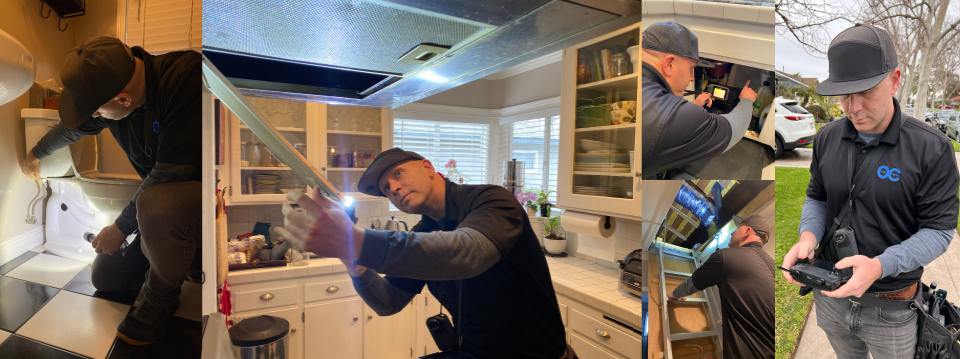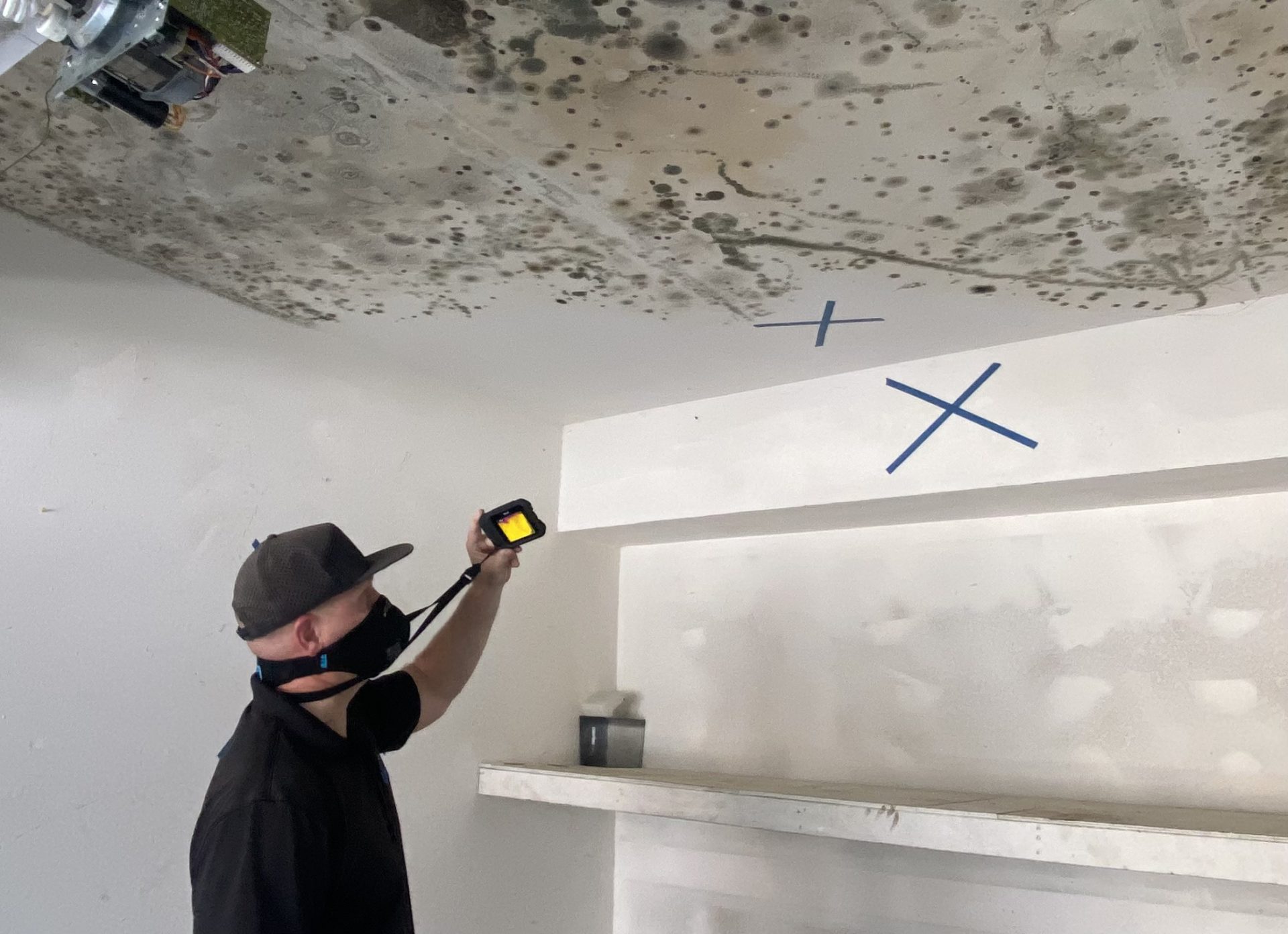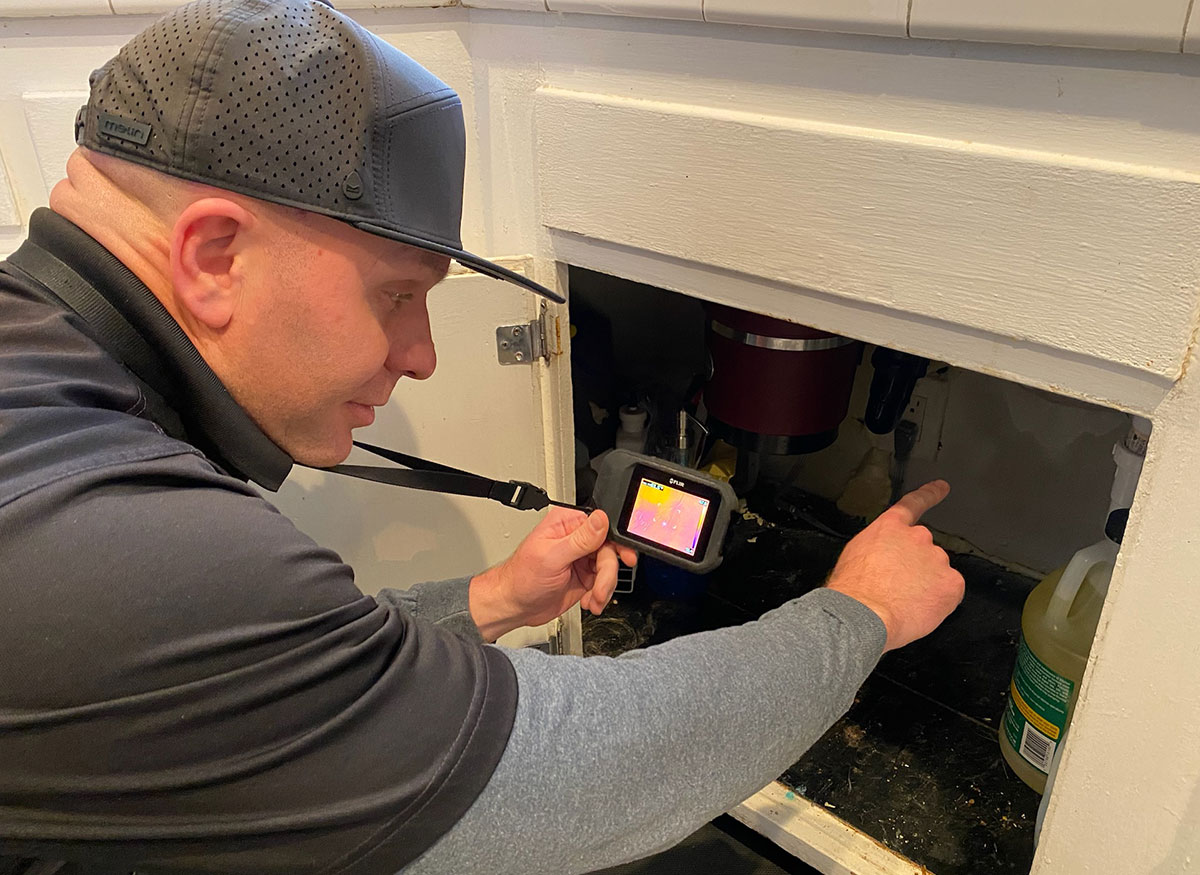Insurance Inspections in Orange County, CA
Did you just receive a letter from your homeowner’s insurance company stating that you need a third party inspector to inspect the plumbing, electrical, heating and roof? OC Home Inspect is here to help! We can provide a report to help you get your insurance policy renewed. We know exactly what the insurance company is looking for and will give you a report that states the approximate age of each system and their condition. This type of inspection is typically called a 4-point inspection and also includes pictures of all the exterior elevations and detached structures. Get your insurance inspection report today and get your renewal before they cancel your policy.
What are Insurance Inspections?
Firstly, Insurance Inspections are a type of home inspection that assesses the four critical components of a residential property – electrical, plumbing, HVAC, and roofing systems. These components can significantly affect a home’s value and safety, so ensuring their proper functioning is crucial. Insurance providers often require a Insurance Inspection to determine whether a particular home is an acceptable insurable risk. Homeowners can also obtain benefits from a Insurance Inspection as it can help them save money in the long run.
What’s included in a Insurance Inspection?
A Insurance Inspection is an essential process to assess the condition of various components of a residential property. In Orange County, CA, these inspections typically focus on four key areas: Roof, Electrical, Plumbing, and HVAC systems. Let’s explore each area in detail.
Roof Inspections
The inspector will examine the roof covering material, looking for signs of damage, such as missing or damaged shingles, signs of leaks, or any areas of concern that may impact the roof’s ability to protect the home.
Electrical Inspections
The electrical inspection assesses the property’s electrical system to identify potential hazards, code violations, or outdated components. Here are the key aspects of the electrical inspection:
Wiring: The inspector will examine the electrical wiring for any signs of wear, damage, or improper installation. They will also check for outdated or incompatible wiring systems, which can be potential fire hazards.
Panels: Electrical panels will be inspected for proper functionality, connections, and compliance with safety codes. Any signs of corrosion, loose connections, or overloaded circuits will be noted.
Outlets and Fixtures: All outlets and fixtures will be tested to ensure they are functioning correctly. The inspector will look for any exposed wiring, improperly grounded outlets, or other safety concerns.
Plumbing Inspections
The plumbing inspection focuses on evaluating the water supply, drainage, and fixtures of the property. Here’s what the plumbing inspection entails:
Water Supply: The inspector will assess the water supply lines, checking for leaks, corrosion, or any signs of wear. They will also check the water pressure to ensure it meets the appropriate standards.
Drainage: The drainage system will be inspected for proper functioning, including checking for clogs, leaks, or signs of backups. Adequate drainage is crucial in preventing water damage and other plumbing issues.
Fixtures: The inspector will examine sinks, toilets, showers, and other fixtures for leaks, improper installation, or any signs of damage. Properly functioning fixtures are essential for a functional and convenient home.
HVAC Inspections
The HVAC inspection focuses on the heating, ventilation, and air conditioning systems in the property. Here’s what’s involved in the HVAC inspection:
Heating System: The inspector will assess the heating system, including the furnace or boiler, for proper operation, maintenance needs, and any safety hazards. They may also check the efficiency of the system.
Ventilation: The inspector will evaluate the ventilation system, ensuring it provides sufficient fresh air exchange and that the ductwork is functioning properly. Poor ventilation can lead to indoor air quality issues.
Air Conditioning: If the property has air conditioning, the inspector will assess the cooling unit, checking for any malfunctions, leaks, maintenance needs, or safety concerns. They may also assess the system’s efficiency.
Remember, during a Insurance Inspection, the goal is to identify any issues that may pose safety risks, impact the property’s value, or require immediate attention. Regular inspections by qualified professionals can help homeowners maintain a safe and functioning property.
What’s the risk of not getting an Insurance Inspection?
Home damage and insurance claims can be costly, and many of them can be avoided through regular Insurance Inspections. For instance, roof leaks are a common issue that can go unnoticed without proper inspection and can require costly repairs or replacement. According to a Nationwide study, 39% of homeowner’s insurance claims are due to water damage or freezing, with the average claim cost at $10,234. A Insurance Inspection can detect such problems early and prevent significant damage and insurance claims.
Moreover, outdated electrical and HVAC systems can also pose safety and high-cost risks. According to the National Fire Protection Association, electrical issues cause an estimated 47,820 home fires per year, resulting in 455 deaths and $1.5 billion in direct property damage. Similarly, heating or cooling systems that haven’t been correctly maintained or installed can lead to carbon monoxide poisoning or fires, resulting in health risks and costly claims.
Why do I need an Insurance Inspection?
One of the primary benefits of Insurance Inspections is that they can reduce safety risks. Through the detection and repair of faulty components, inspections can mitigate threats such as fires, water damage, or carbon monoxide poisoning. Moreover, inspections can prevent costly damages and insurance claims by detecting and repairing issues before they escalate. Therefore, homeowners can avoid high repair costs and prevent potential damages to their property and belongings.
Additionally, Insurance Inspections can increase property value by identifying issues that can lower a property’s worth. For example, a damaged roof or outdated wiring can lower a home’s value, and remedying these issues can prevent a decrease in the value of the home.
Insurance companies also benefit from Insurance Inspections as they can reduce their risk exposure and offer more accurate premiums. By identifying potential hazards, such as roofing defects or plumbing leaks, insurance providers can reduce the risk of claims, ensuring that they offer policies at the proper price.
Do I need a Insurance Inspection?
Despite the benefits of Insurance Inspections, some argue that they can be costly and time-consuming. However, the cost of an inspection is minor compared to the cost of potential damages or insurance claims. Additionally, some criticize the inspections’ accuracy, suggesting that they may be too stringent or not stringent enough. However, Insurance Inspectors receive certification and training to comply with industry standards, ensuring that the inspections are valid and thorough
Why get a Insurance Inspection?
In summary, Insurance Inspections are vital for homeowners and insurance companies. They can detect critical issues in a home’s electrical, plumbing, HVAC, and roofing components, preventing safety hazards, property damage, and insurance claims. By reducing risks, Insurance Inspections can increase property value and offer more accurate premiums for insurance policies. As a homeowner, investing in a Insurance Inspection can help you save money in the long run and keep your family safe. Likewise, insurance companies greatly benefit from such inspections, ensuring that they price their policies appropriately.
Trust OC Home Inspect for your Insurance inspection needs in Orange County, CA. With our expertise, attention to detail, and commitment to client satisfaction, we ensure that you have all the information necessary to make a confident and informed decision. Contact us today to schedule your Insurance inspection.
Sources
Nationwide. (2021). 2021 Homeowners Insurance Claims Statistics and Facts. Retrieved from https://www.nationwide.com/lc/resources/home/articles/homeowners-insurance-claims-facts-statistics/
National Fire Protection Association. (2021). Electrical Fires. Retrieved from https://www.nfpa.org/News-and-Research/Data-research-and-tools/Electrical/Electrical-fires


